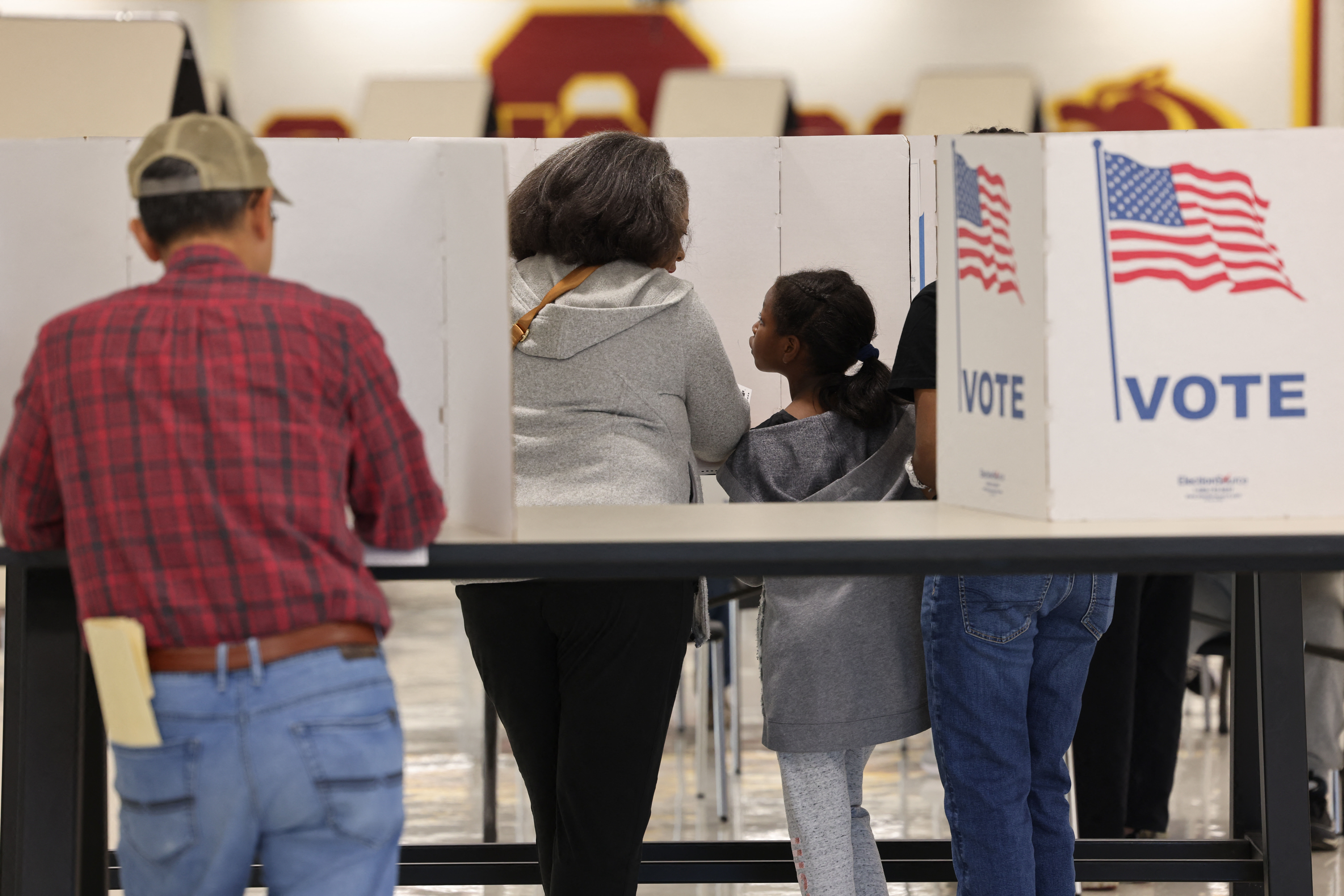Families in the challenging position of having college-age children during the coronavirus pandemic aren’t just facing the prospect of continued virtual courses in the new year. Prospective and current students are also making what’s often one of the largest financial investments of their lives at a time of high national unemployment and individual financial hardship.
Going into 2021, families who had planned to send their children to college this year may be wavering. Early indicators for the fall point to a rapid decline in college enrollment similar to that seen following the pandemic in fall 2020, says Kim Cook, executive director of the National College Attainment Network, reflecting the depth of the pandemic’s financial toll.
“Applications are down, applications for fee waivers are down and test-taking, like ACT- and SAT-taking, are down,” Cook says — all “disastrous indicators.”
In addition to lacking the typical supports prospective college students receive throughout the application and financial aid processes, she says, “Many families have income loss from one or more jobs, and this just might not seem possible or realistic when they’re dealing with food and housing insecurity to then be thinking about going away to college or even staying local for college and paying for college.”
But families who are trying to make ends meet to afford college can expect some relief.
More Support for Families Experiencing Financial Hardships
College students in 2021 can continue to rely on federal loans and other types of financial aid, which can be accessed through the Free Application for Federal Student Aid, called the FAFSA. This year, however, it will be particularly important for students to use the opportunity to appeal for more financial aid if their family’s financial situation changed in 2020 due to events such as a job layoff or new medical expenses.
[Read: How to Get FAFSA Completion Help During Coronavirus.]
By providing documentation to a college’s financial aid office showing a change in circumstances, such as a pay record demonstrating loss of income, students may be deemed eligible for more financial aid. The number of aid appeals is expected to double, if not triple, in 2021 compared with previous years, predicts Mark Kantrowitz, a financial aid expert and author of “How to Appeal for More College Financial Aid.”
On top of existing grants and programs, students this year may also be eligible for emergency grants provided as part of a coronavirus relief package. Similar to federal emergency grants distributed to students last year, the Consolidated Appropriations Act of 2021, signed into law on Dec. 27, 2020, allocates an additional $22.7 billion to the Higher Education Emergency Relief Fund, some of which must be used in direct aid to students and will not be considered student income.
This legislation also increased federal funding for several programs, including a $150 increase to the maximum 2021-2022 Pell Grant, a form of federal financial aid awarded to the lowest-income students.
Additionally, though in the past two decades college tuition has typically increased each year, families may see colleges holding tuition steady for the 2021-2022 school year, Kantrowitz says.
COVID-19’s Effect on Financial Aid Availability
Colleges are struggling with their own budgetary issues after an unpredictable year in which the pandemic sent campuses into chaos in March 2020. While the same federal financial aid options still exist, the availability of institutional aid for students will vary across colleges.
“I know schools are trying hard to prioritize aid for students during this hard time,” says Megan Coval, vice president of policy and federal relations at the National Association of Student Financial Aid Administrators. “That coupled with the fact that there are more stimulus dollars coming down the pike is a positive sign for students.”
College students who typically rely on the federal work-study program may not be able to receive that aid if campuses remain closed or if finding jobs in their local community isn’t feasible, but colleges can convert this federal funding into a grant so long as the national emergency persists, Kantrowitz says.
[READ: What Work-Study Looks Like During the Coronavirus Pandemic.]
If borrowing is part of a family’s plan to pay for college, the year’s historically low interest rates are also good news. The interest rate on new undergraduate federal direct subsidized and unsubsidized student loans disbursed on or after July 1, 2020, and before July 1, 2021, is 2.75%, down from 4.53% the prior year.
Biden May Consider Free College, Loan Forgiveness
The new year brings a new president, new education secretary and a new Democrat-controlled Congress. With these government changes may come new higher education policy initiatives, many of which would focus on the cost of college and the burden of student loan debt.
Prospective and current students may benefit from the fulfillment of President-elect Joe Biden’s campaign promises to consider policies like free college and student loan debt forgiveness.
[Read: What Biden’s Presidency Could Mean for College Affordability.]
Possible policy plans from the new administration may include forgiving $10,000 of student loan debt for some or all borrowers for every year of national or community service up to five years, and making tuition at public colleges and universities free for students whose families earn less than $125,000, according to the Biden-Harris campaign website. Other mentioned proposals include two years of free community college and doubling the maximum Pell Grant award amount.
But families hoping to forgo saving for college or borrowing this year and instead count on student loan forgiveness down the road should be cautious, Kantrowitz warns, noting that “the devil’s in the details here, and we don’t know any of the details yet.”
Looking Ahead: The Consolidated Appropriations Act of 2021
More changes to federal financial aid outlined in the Consolidated Appropriations Act of 2021 are coming, but won’t take effect this year.
For example, the number of questions will be significantly reduced on the new FAFSA form to be released in October 2022, and there will be an expansion of student eligibility for the Pell Grant to incarcerated students in coming years. The law also repeals by July 2023 the lifetime limit on subsidized federal student loans.
As many students struggle to afford college this year, Coval says this spending and relief package will have positive effects for them both in the short and long term.
“There are a lot of folks who were just teetering on the edge of being able to financially swing postsecondary education, and then (2020) dealt a blow that put them behind — and it’s those people we are really worried about. I hope as a country we can come together, and I think we have with this stimulus package, to bolster and strengthen higher education during this time.”
Trying to fund your education? Get tips and more in the U.S. News Paying for College center.
More from U.S. News
How Taking College Classes Remotely Amid Coronavirus Can Cost You
Update on Coronavirus Relief for Student Loan Borrowers
How to Pay for College Using These Overlooked Strategies
What to Expect When Paying for College in 2021 originally appeared on usnews.com







